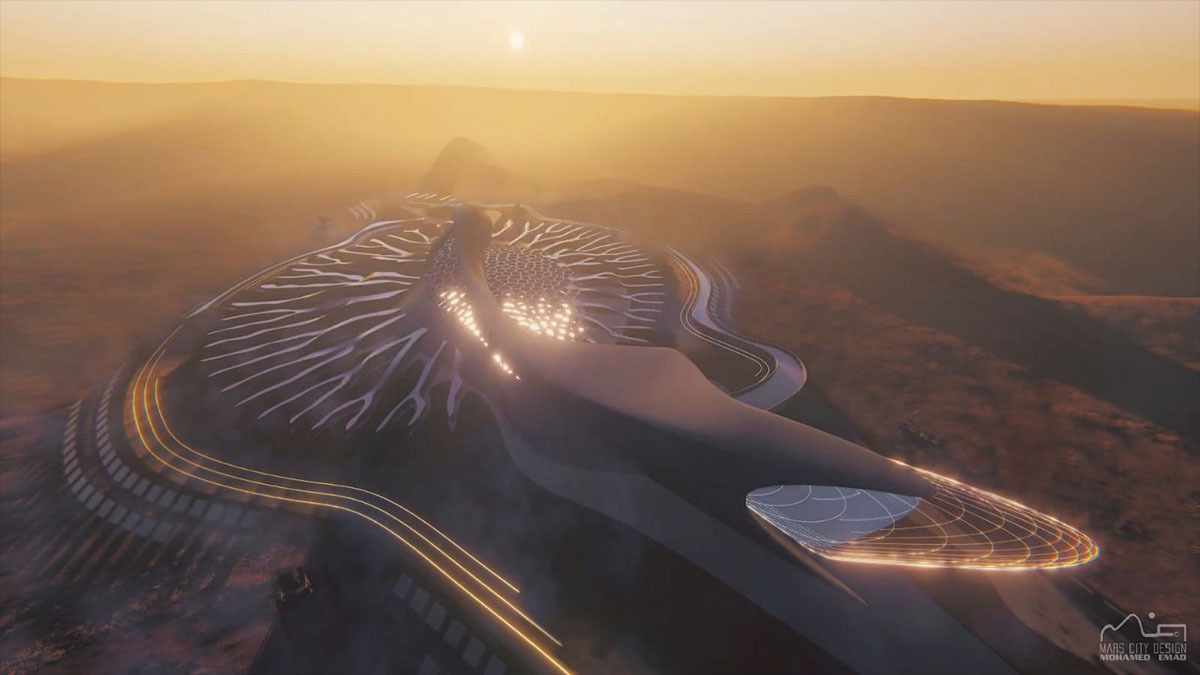forget giant domes, cities on other worlds will fit their environments

We’ve seen it from countless sci-fi shows, art, video games, and even renders from SpaceX and NASA created to drum up enthusiasm for space exploration and planned missions. Seems like no matter where humanity intends to go, we will build a massive transparent dome, then use its life-sustaining atmosphere to build cities just like we do here on Earth. But when designers start wondering how we’d actually live on other worlds, their designs mimic termite mounds, lily pads, and beehives. It’s not just a matter of standing out in competitions — although that’s probably not an insignificant factor here — but the need to adapt to the challenges posed by alien deserts that will easily kill us unless we’re smart about exploring them.
Giant glass domes and squared off buildings made of wood, steel, and concrete simply won’t make sense as we’ll need to use 3D printing, fiberglass, and advanced carbon polymers, and locate most of our living and farming spaces underground to escape radiation. This is why so many designs focus on modularity and optimization of resource collection and distribution, not killer views of alien mountain ranges and sunsets. In fact, the typical living space of explorers may resemble the inside of a Vegas-style themed hotel, where heavily filtered sunlight comes down on buried networks of minimalistic living and working quarters, and recreational spaces designed to give astronauts a sense of normalcy.
Over time, these cities will grow and branch out, adopting new designs that will likely either build off their original layouts or incorporate them into more efficient superstructures, something large domes and prefab modules would hinder since their shapes and functions restrict what patterns will be possible for new layouts during expansion. We might still see some transparent domes intended as small, tightly controlled observational areas in extraterrestrial cities but even that’s not very likely since designers will want to minimize weak points and radiation exposure with opaque materials and thick layers of regolith and ice that deflect and break up harmful rays and subatomic particles.
But considering some of the amazing shapes and patterns we’re seeing emerge, we probably won’t by pining for glass domes when sleek, post-modern structures like the MarSpine slowly rise from water-rich craters on other worlds and tidy seismically isolated honeycombs of secure, comfortable spaces burrow deep into the regolith beneath it. The only downside is that we’ll be dealing with more artificial lighting and recycled airflow than we’d want to, but considering that too many windows would be a deadly and harmful liability on too many worlds, that’s going to have to be a trade-off we’ll just have to make.





